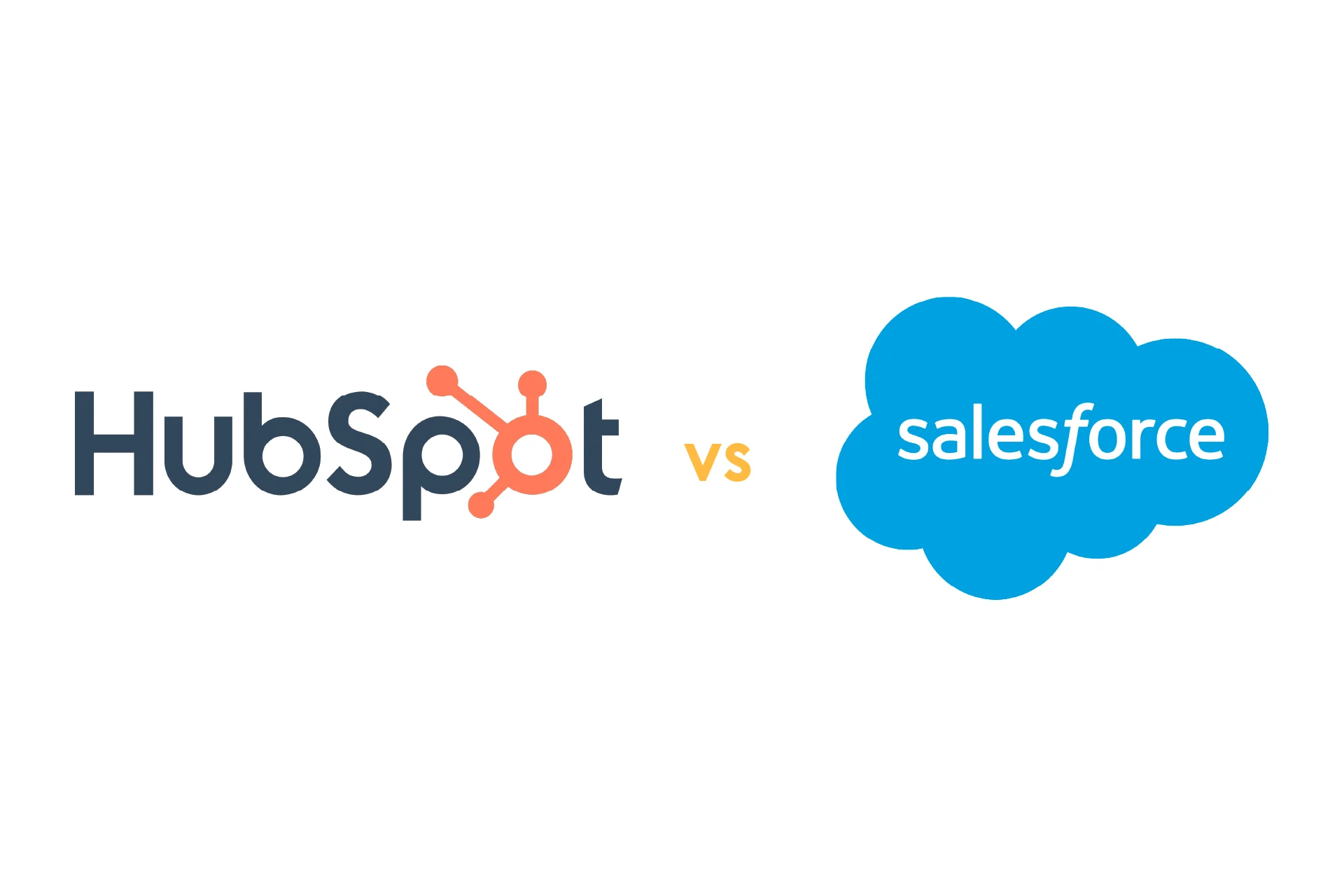Strategies for Increasing Customer Retention and Accelerating Growth
Winning new customers is critical for growth, but it may not be the most effective way to increase your organization’s revenue. You could see even...

Closed-loop marketing is a term that has been around for some time. While there are plenty of tools out there today that make having this process a reality, it can still prove challenging for companies to implement a true closed-loop process. Too often, marketers still build content based on assumptions rather than actual ROI numbers because they don’t know how to tie revenue numbers back to their campaigns.
Here is HubSpot’s definition: "Closed-loop marketing is marketing that relies on data and insights from closed-loop reporting. ‘Closing the loop’ just means that sales teams report to marketing about what happened to the leads that they received, which helps marketing understand their best and worst lead sources."
Closed-loop processes tend to be organization specific but what they all have in common is a reporting mechanism that starts from the lead funnel (generating the lead) and continues all the way through the sale and beyond (think of customer referrals). Closing the loop is meant to bring understanding to where your opportunities came from. No lead is left behind and every lead can be tied back to its origin (hopefully) and the many interactions in between.
In this 3-part series, we are exploring how to get started with a closed-loop marketing process, how to analyze and improve on it, and lastly, how to implement it within HubSpot.
This first post in the series focuses on where to begin. Whether you are currently adept at using a marketing automation platform or if this is new to you, this step-by-step guide will help:
 Courtesy of HubSpot
Courtesy of HubSpot Courtesy of HubSpot
Courtesy of HubSpot Courtesy of marketingrockstarguides.com
Courtesy of marketingrockstarguides.comIf you would like to learn more about the closed-loop marketing process along with how to successfully align sales and marketing, set up a consultation with us.

Winning new customers is critical for growth, but it may not be the most effective way to increase your organization’s revenue. You could see even...

When it comes to choosing a customer relationship management (CRM) platform for your business, two of the most popular options are HubSpot and...
-1.webp)
There’s a reason why talk about marketing and sales team alignment is all the rage right now. It’s the basis of so many important and emergent...